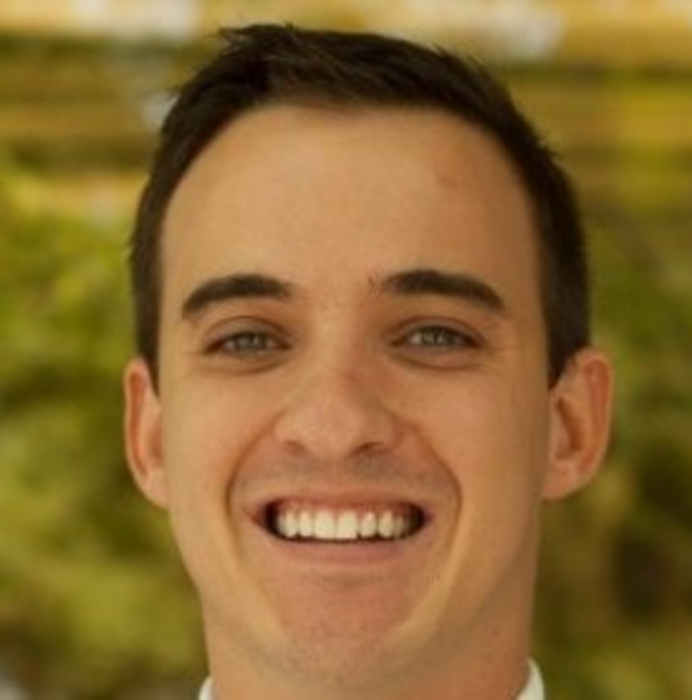Data has the power to introduce a company to huge swathes of analytics, information and statistics. For Luiz Maykot, however, it introduced him to a new life.
In 2014, Maykot graduated from Brigham Young University with a Bachelor of Science in Economics and Strategy. Maykot, while attending BYU, worked as a research assistant for the university during his freshman year and a financial analyst at Clearlink during his senior year.
Upon graduation, Adobe hired him as a data science analyst in the digital insights department.
“I was entering this field during a time when the amount of data being generated by consumers was exploding. In tandem, the technologies were rapidly advancing and more tools were available to make sense of this new data environment,” Maykot said. “What drove me to this field was the detective aspect of this work – the ability to help any organization truly understand what’s happening with their operations and enabling them to make decisions based more on concrete insight and less gut instinct.”
The position required data-mining to organize and analyze trillions of online transactions that Adobe collected on behalf of its client. The data sets were then analyzed and used to guide marketers on important trends and insights.
“If you ask me, it [a data scientist] is someone who has the ability to extract value from data, especially if that data is messy and incomplete,” Maykot said. “This can play out in various forms, but I think one of the primary ones these days is around predictive models that can help organizations better serve their audiences.”
For the past seven months, Maykot has been the manager for marketing data science of Adobe Digital Insights. This requires a deft understanding of backend data patterns and future predictions, as Maykot spends his day “digging through hills of data trying to find insights on consumer, industry and economic trends.”
Maykot is currently working on two main projects: Adobe’s annual holiday report and the Digital Economy Project.
The holiday report, which is compiled prior to the shopping season, is comprised of trillions of online data points.
“As shopping kicks off the week of Thanksgiving, we analyze over 22 billion data points to produce both online spending actuals and forecasted numbers. We’ve built a real-time insights tool that crunches over 1,500 different stats every hour and our predictions have been within 2 percent every year,” said Maykot. “Our goal is to help retailers see what’s happening in the online world and be prescriptive in how they can tackle this new landscape.”
The Digital Economy Project, more commonly known as the DEP, is leveraged real-time data to analyze the U.S. economy, for trends such as inflations and fluctuations. For the DEP, Adobe partnered with renowned economists Austin Goolsbee (University of Chicago/Booth, formerly on the cabinet of President Obama) and Pete Klenow (Stanford University).
Current trends, according to Maykot, show that digital is accelerating faster than most brands have anticipated.
“Take this last Black Friday for instance, where we not only crossed $3 Billion for the first time in online spending, over $1 Billion of that was done via mobile devices,” said Maykot. “It’s requiring brands – no matter what industry – to really have to re-think how they engage with consumers.”
However, despite the unexpected rise of digital in the eyes of brands, Maykot said, the consumer continues to remain surprisingly predictable.
“Many of the same patterns stay consistent over time, allowing organizations that are data-driven to be successful in the type of experience they deliver,” Maykot said. “This is where the human touch comes in. A good data scientist can always bridge the gap between the technical world and the business world.”
Its these reason that lead Maykot to believe the future role of data scientist will only get bigger by the year.
“Many organizations are on the earlier side of the adoption curve when it comes to analytics,” said Maykot, “but as data science technologies become more productized, paired with more talent and a proven record of data-driven successes, I think a lot of organizations will ramp up investment and begin to imbue every part of their operation with data.”








